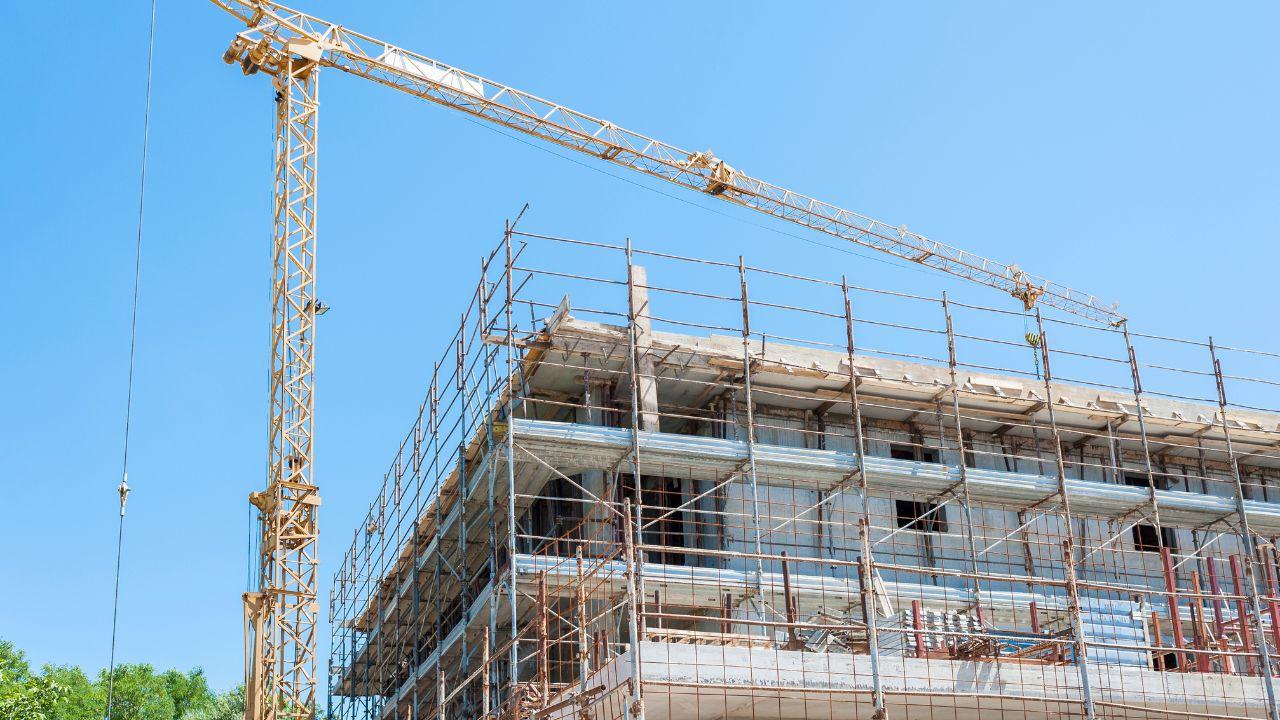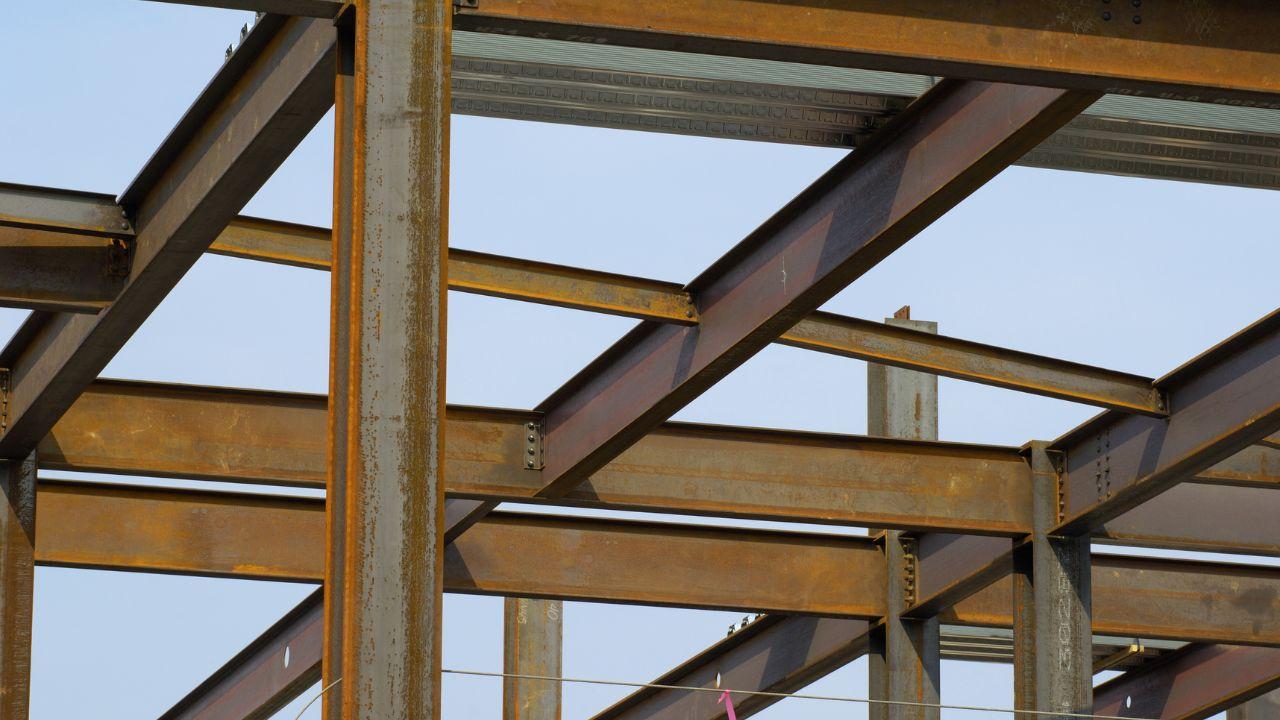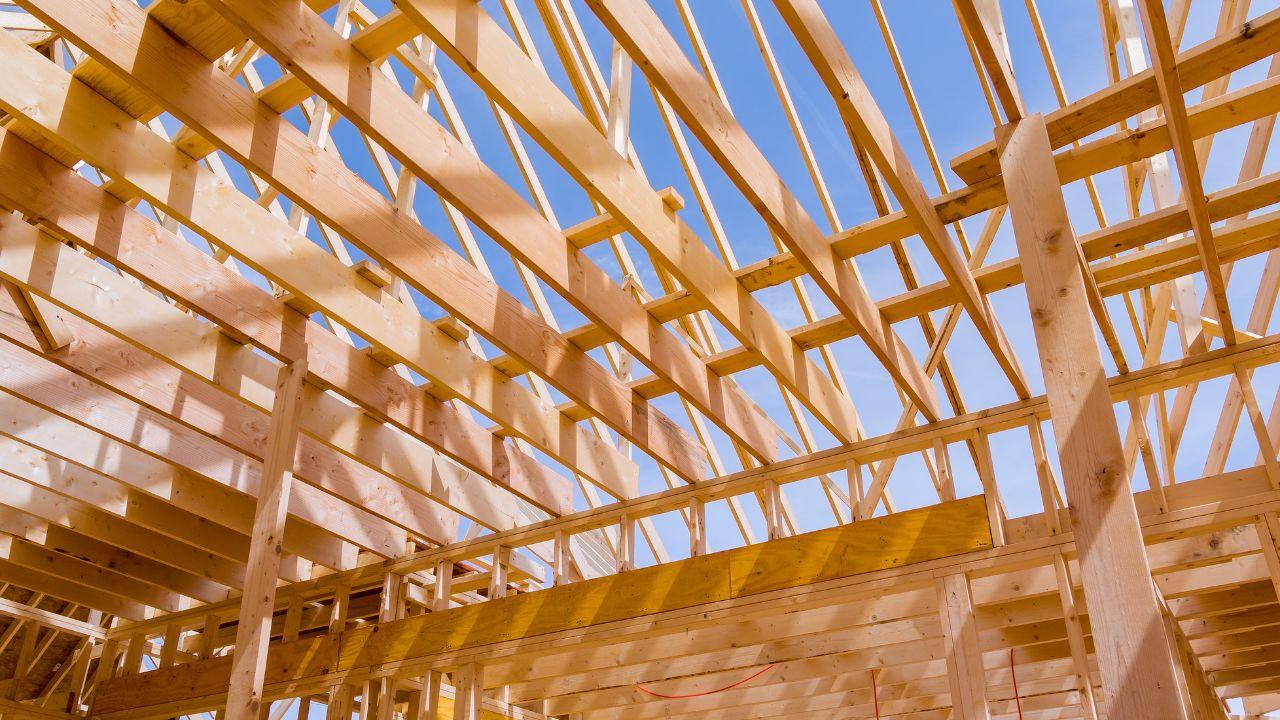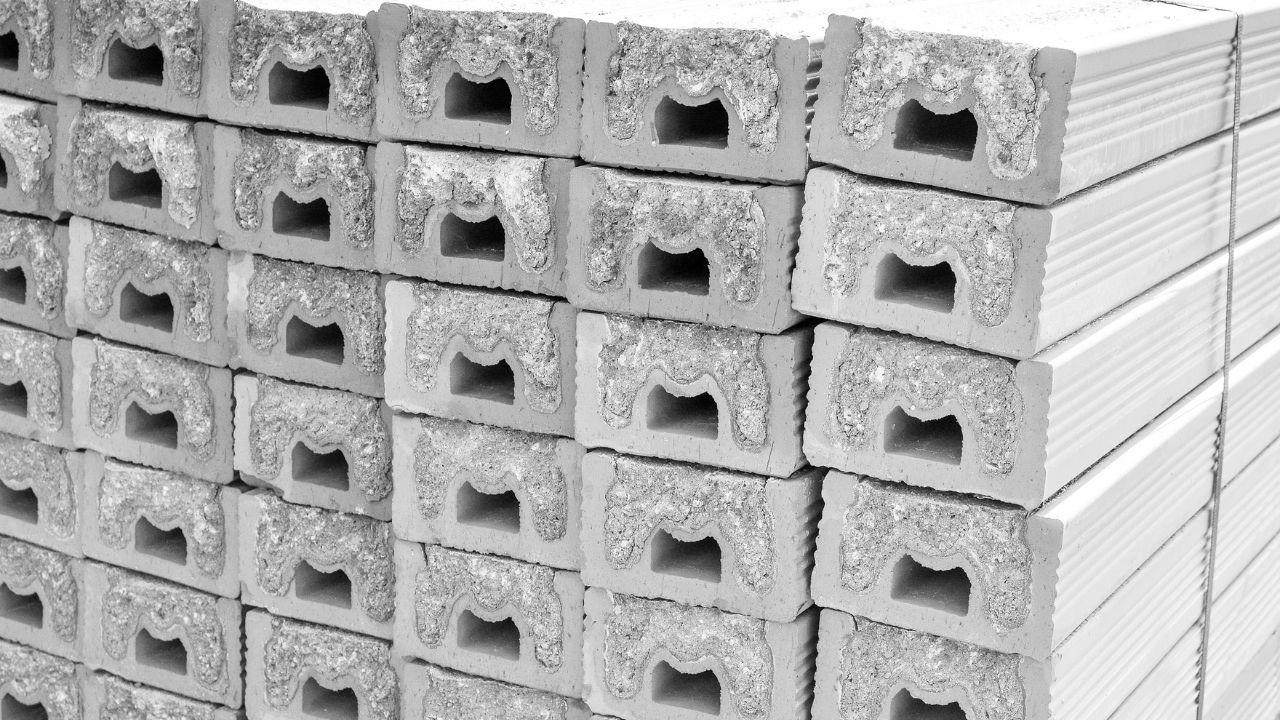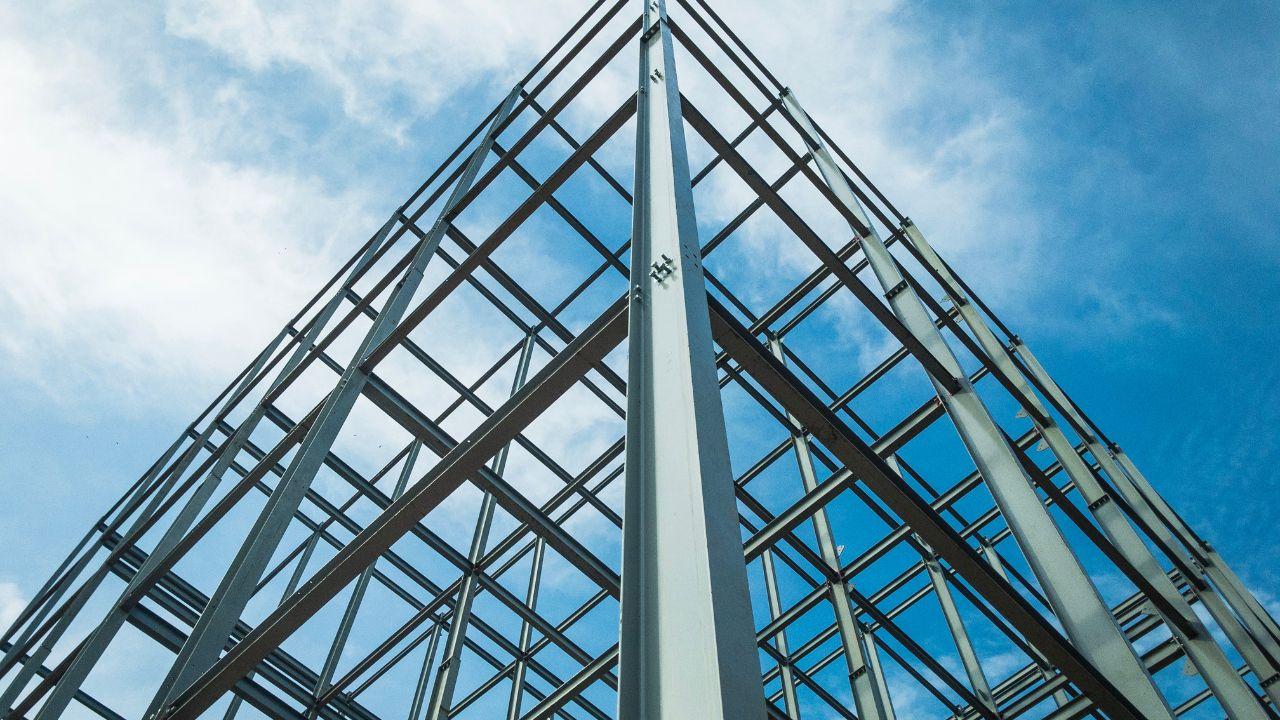Explore the Types of Beams and Supports in Construction

Beams are vital for maintaining towering, robust structures. They support and distribute the weight of the roof across open spaces like rooms, halls and corridors as part of the framework that provides a structure’s integrity and stability. From reinforced concrete beams that support the foundation of many structures to heavy-duty steel and cement beams that may span great distances, construction beams come in different sizes and forms.
Safety and confidence in a building depend on an understanding of the many kinds of beams and supports. Read on as we go into greater detail about the amazing world of construction beams. We’ll look at steel, concrete, cement, timber and other beam materials. It’s important to get acquainted with these load-bearing parts regardless of the building project.
What is Beam & Support in Building?
The horizontal workhorses that make up the skeleton of a building’s construction are called beams. Across open areas, these load-bearing elements transmit weights and stresses to provide essential support. Engineered to support enormous loads, construction beams are available in steel, concrete, cement, and wood.
Underlying walls, roofs and floors in the overall construction of a building, structural beam types are essential. The structure of beams is meticulously designed to distribute loads evenly, preventing catastrophic failure. Construction beams often form a strong, dependable structure in tandem with additional supports like columns, brackets, and bearings.
Beams in buildings are essential elements of both small residential houses and tall commercial buildings. Every beam, from the enormous steel ones that span vast distances to the little hardwood joists, contributes to our safety.
Why are Beams and Support Crucial in Construction?
Whether spanning vast distances or providing localised support, beams are an indispensable component of any construction project. Let us look at the critical importance of beams and their supporting elements, highlighting why they are crucial for the safety, durability, and longevity of the building:
Load-Bearing Backbone
Beams carry weights in any building. Weights and stresses are transported across open spaces, ensuring building integrity and stability. Without sturdy beams, a structure would collapse. Every building project needs steel, concrete or wood beams.
The selection of appropriate support beam types, such as simply supported, cantilever, fixed, and continuous beams, is critical for ensuring structural integrity. Support beam types must be carefully chosen to accommodate project-specific load conditions and span requirements.
Columns, brackets, and bearings are just a few of the types of beam support that are crucial for moving weights from the structural beam to the base. During design and construction, types of construction beam must be considered to assure structural beam safety and stability.
Structural Integrity
Structural beam types play a vital role in maintaining the overall structural integrity of a building. Supporting the walls, roofs, and floors, they equally distribute loads to avoid failure or uneven settling. Since beams are built to resist extreme stresses, they are essential to the lifespan and safety of any building project.
Versatility in Design
Engineers and architects have the ability to create buildings that are both aesthetically appealing and unique due to the versatility of beams. The several types of beams in civil engineering, such as I-beams, T-beams, and box beams, allow architects and engineers to design unique attractive buildings while guaranteeing structural soundness. Support beam types such as simply supported beams, cantilever beams, fixed beams, and continuous beams offer various design options.
Durability and Longevity
The durability and longevity of a structure are guaranteed by well-planned beams. Structural beam types are constructed to resist environmental conditions, wear and tear, and natural pressures, whether they are made of steel, concrete, or cement. In addition to safeguarding the building investment, its longevity advances a more sustainable built environment. The appropriate selection of types of support beams is crucial for ensuring long-term structural performance.
Buildings must be designed and constructed with an eye towards the types of beams and supports needed to satisfy the particular project specifications. Support beam types play a crucial role in determining the structure’s overall structural integrity, load-bearing capacity, and aesthetic appeal.
How are Construction Beams Classified?
To choose the best beam for their particular building requirements, architects, engineers, and builders must understand how beams are classified. Types of beams in construction can be categorised based on various factors, including their load distribution ability and beam material.
Related: What Is AAC Block & Why It’s The Future Of Construction?
Mira Road Related Blogs
Types of Beams Based on Load Distribution
The kind of load that a beam is intended to support greatly determines its design and construction. The stability and integrity of a structural beam depend on its ability to bear and distribute stresses efficiently. Common load distribution types for beams include:
Uniformly Distributed Load (UDL)
The load is distributed uniformly over the beam’s length in this instance, producing a constant bending force across its span. Commonly, floor beams sustaining evenly distributed floor loads have this kind of load distribution.
Point Load
In the case of a beam experiencing a single concentrated force at a specific area, a localised stress concentration would occur. Pertaining to the loads in beams, heavy equipment, as well as column supports, may have point loads.
Triangular Load
When the load increases linearly from one side of the beam to the other, it produces a triangular load distribution. The load distribution discussed here is evident in beams that support self-weight loads, such as soil or granular materials or roof beams supporting inclined roofs.
Trapezoidal Load
This load distribution is known as UDL with triangular loads on both sides that look like a trapezium in the middle of the length of the beam. It may occur in different types of beam loading conditions or in many-storeyed buildings.
Moment Load
These are loads normally used in the structural analysis and designed to induce bending moments in the beam. They are frequently used in the construction of continuous or restricted beams.
Torsional Load
This has to be taken into consideration when drawing the design of this beam since there is twisting or torsion of these loads all along the length. Torsional loads can occur on beams carrying cantilever structures or under those situations where the load is eccentric.
Types of Beams Based on Material
When selecting types of beams in construction, the material for the construction of the beam itself should be taken carefully, as it plays a massive role in the strength, durability, and efficiency of the structure to be built. Decisions regarding the choice of material depend largely on span length, required load capacity, environment, and cost. Beams are often made of the following materials:
Timber Beam
Constructed from wood or engineered woods, these are suitable for carrying less weight for shorter spans. Timber beams are popular in light commercial and residential construction primarily due to their ease of purchase, simple installation, and aesthetic appeal.
Reinforced Concrete Beam
Made of concrete reinforced with steel bars to boost tensile strength, these beams find extensive use in a variety of building projects. Excellent fire resistance, durability, and greater span capabilities make reinforced concrete beams appropriate for heavy-duty constructions like bridges and multi-story buildings.
Steel Beam
Steel beams are versatile and high-strength-to-weight structural elements that may bear loads via buckling or shear stresses. Because they can span longer distances while minimising deflection, they are frequently employed in industrial structures, high-rise buildings, and spacious halls.
Composite Beam
Composite beams combine steel with concrete to provide the strength, rigidity, and longevity of both materials and structures. The concrete resists compressive forces, and the steel section resists tensile forces, producing an effective and reasonably priced structural solution.
Bottom Line
Understanding the various types of beams and loads is crucial for any construction project, whether it’s beams for houses or large-scale commercial structures.
AsmitA India Realty understands the need to choose the appropriate support structure and beams for every project. With an eye toward load-bearing capability, span lengths, and aesthetic choices, our team of skilled architects and engineers meticulously assesses a building’s needs and picks the right structural elements for every situation.
Due to our decades of experience in real estate development, every building at AsmitA India Realty is safe and robust. We keep abreast of the most recent developments in design and construction of beam to provide excellent outcomes in beautifully designed robust structures.
As a reputed construction company, we have the expertise and resources to select and install the appropriate beams, ensuring a solid foundation and structural integrity for your building.
Frequently Asked Questions
What is a beam in building construction?
A beam is a load-bearing element that moves weights and pressures across open areas to maintain the structure’s stability and integrity. It essentially makes up the building’s skeleton. Types of beams in building construction include floors, roofs, and walls.
Why use reinforced concrete beams?
Superior fire resistance, durability, and longer span capabilities of reinforced concrete and cement beams make them appropriate for heavy-duty constructions like bridges, multi-story buildings, and more. They find extensive use in many building projects.
How many types of beams are there in construction?
Several types of beams in construction are classified based on factors such as support conditions, cross-section shapes, construction materials, and load distribution.
How are beams classified based on support conditions?
Support circumstances allow for the classification of beams into overhanging, fixed, cantilever, and simply supported beams. The support conditions influence the distribution of loads and behaviour of the beam.
What are the different types of beam construction?
Precast concrete beams, prestressed concrete beams, in-situ concrete beams, cement beams, deep beams, and girder beams are among the different types of beam builds. The approach used is based on the project specifications, the state of the site, and the construction timetable.
Why are beams important in building construction?
The types of beams used in building construction are crucial because they provide support to the structure, distribute loads evenly, ensure safety and stability, and enable architects and engineers to create unique and visually appealing structures. A building cannot support its own weight or outside pressures without strong cement or concrete beams.

